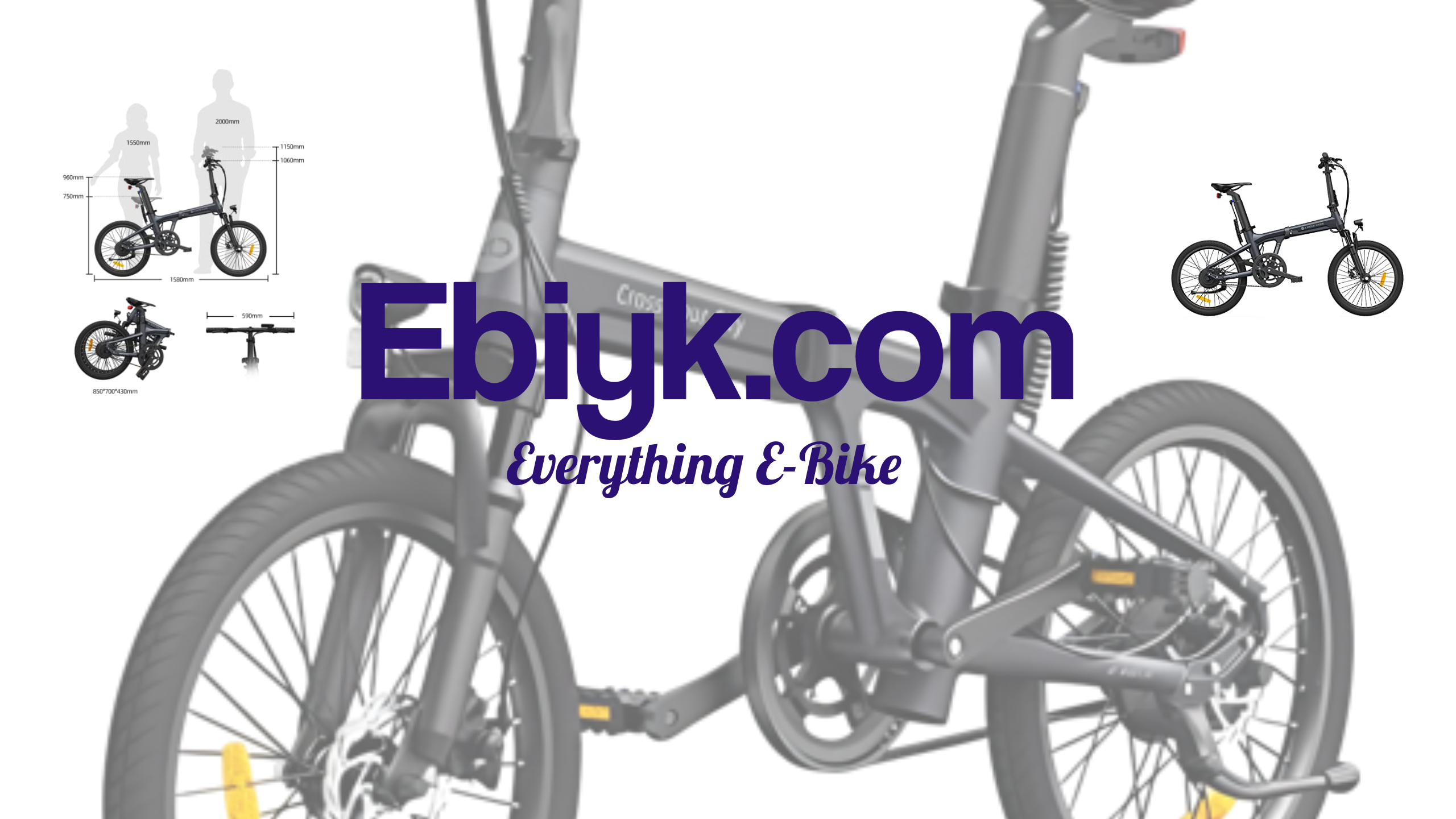Understanding the Basics: What is 250w and How Does it Translate to Speed?
Before we dive into the question of how fast is 250w in mph, it's important to understand what 250w actually means. In short, watts (W) are a measure of power, specifically the rate at which energy is transferred. When it comes to ebikes, watts are typically used to measure the output of the motor.
A 250w motor, then, is capable of producing 250 watts of power (or energy) at its maximum output. However, it's important to note that the actual output of the motor may vary depending on a number of factors, such as the battery's charge level, the rider's weight, and the terrain.
So, how does this translate to speed? Unfortunately, there's no simple answer. The speed at which an ebike can travel is influenced by a variety of factors beyond just the motor's power output. Some of these factors might include:
- The weight of the rider and any cargo they're carrying
- The aerodynamics of the bike and rider
- The terrain, including inclines and declines
- The quality and inflation of the tires
- The specific components (e.g. brakes, derailleur) on the bike
That being said, for a typical ebike with a 250w motor, a top speed of 20mph can be expected (with no additional pedaling from the rider). However, this can vary widely based on the factors mentioned above, as well as any local laws or regulations that may be in place.
In some cases, an ebike with a 250w motor may be classified as a "class 1" ebike, meaning it's capable of assisting the rider up to 20mph, but not beyond. In other cases, it may be classified as a "class 3" ebike, which can assist the rider up to 28mph in some states.
Overall, while there's no one-size-fits-all answer to the question of how fast is 250w in mph, understanding the basics of watts and power output can help shed light on the possibilities and limitations of ebike speed.
Factors Affecting Speed: Cycling Conditions and Bike Type
When it comes to cycling, there are several factors that can have an impact on your speed. Two of the main factors are cycling conditions and bike type.
1. Cycling Conditions
The cycling conditions you face can have a major impact on your speed. Here are some variables you should consider:
- Terrain: The type of terrain you’re cycling on such as flat, hilly, or mountainous can greatly impact your speed. Cyclists are more likely to ride faster on flat terrain.
- Wind: The impact of wind can either slow down or speed up your riding. Tailwinds help you ride faster, while headwinds slow you down. Crosswinds can be challenging, as they make it difficult to maintain your balance and speed.
- Temperature and Humidity: The weather and temperature can also have a major impact on your speed. When it’s hot and humid, your body will have to work harder to cool down, which can slow you down. Similarly, cold temperatures can cause muscles to feel stiff, which also affects speed.
2. Bike Type
The type of bike you are riding also has a significant effect on your speed. Here are some factors to consider:
- Weight: The weight of the bike directly affects the speed. Heavier bikes require more effort to ride, which can slow you down considerably.
- Tires: The size and quality of the tires can also impact your speed. Thinner tires help reduce resistance, making it easier to ride faster.
- Gears: The speed at which you can go is also determined by the gears of your bike. A bike with many gears is more versatile, making it easier to adjust to different riding conditions.
When considering how fast you can travel on a bike, it’s essential to factor in both cycling conditions and bike type. Making adjustments based on these factors can lead to a noticeable change in speed.
Real-World Examples: A Look at 250w Speeds in Different Situations.
Now that we understand how 250w translates to mph, let's take a look at some real-world situations where you might encounter this power output on a bike.
City Commuting
If you're using an electric bike for your daily commute, chances are you'll be dealing with stop-and-go traffic, traffic lights, and pedestrians. In these situations, a 250w motor can be a great asset. With the help of pedal assist, you can easily reach speeds of up to 20 mph on flat roads and quickly get up to speed when starting from a stop. This can make your commute faster and more efficient, and also help you avoid arriving at work sweaty or exhausted.
Off-Road Trails
If you're looking to hit the trails and go off-road, a 250w motor might not be quite enough. While it can help you get up small hills and make your ride a bit easier, you'll likely want more power if you plan to tackle steep inclines or technical terrain. That being said, if you're just starting out and looking for a more gentle introduction to off-road riding, a 250w motor can be a good starting point.
Long-Distance Touring
If you're planning to do some long-distance touring on your electric bike, a 250w motor can be a great choice. With its efficient power output, you can easily cover a lot of ground without worrying too much about battery life. Additionally, because 250w motors are often paired with mid-drive systems, you'll have plenty of torque to help you pedal through challenging terrain.
Racing
If you're a competitive cyclist or just enjoy the thrill of racing, a 250w motor is unlikely to cut it. While it can help you maintain a steady speed, it's unlikely to give you the extra boost you need to keep up with more powerful bikes. However, if you're just looking to participate in a more casual race, a 250w motor can be a great choice.
